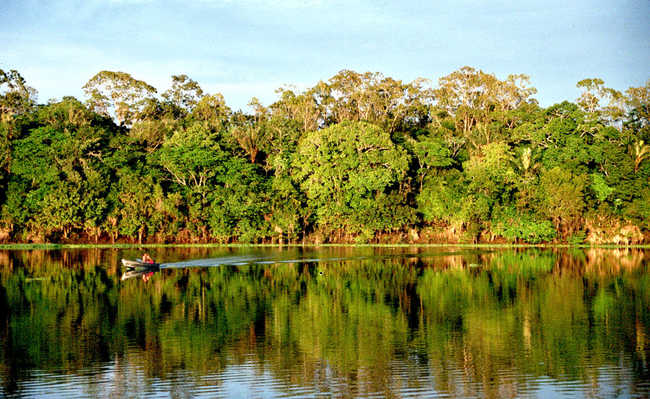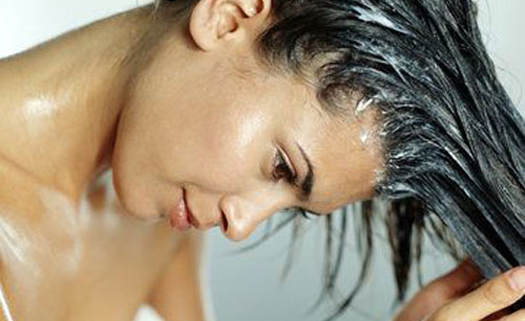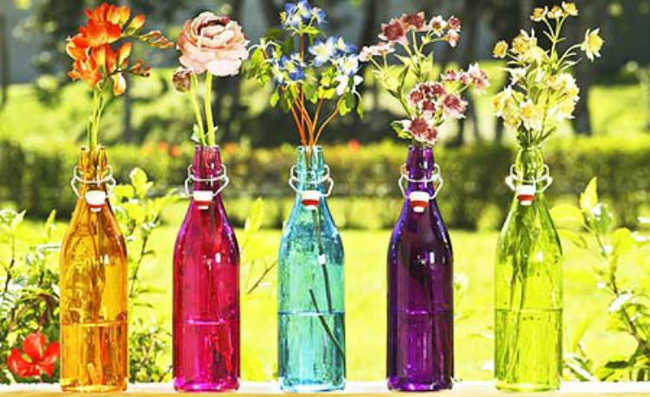Eco-friendly glitter: homemade recipes to shine naturally
Have you ever thought about making your own eco-friendly glitter at home with no weight on your conscience? It's possible!

Edited and resized image by Amy Shamblen is available on Unsplash
Eco-friendly glitter exists! You can make it at home or even use "natural glitter". But wait a minute... Do you know why we're talking about eco glitter? It's because conventional glitter is a microplastic and is not at all shiny for the environment.
- Skip carnival in a sustainable way
So we found glitter alternatives that don't use plastic in their composition, and are biodegradable or natural, that is, sustainable alternatives.
- Glitter is unsustainable: understand and learn about alternatives
- There are microplastics in salt, food, air and water
Ecological vegetable gelatin glitter
To make ecological glitter from gelatine, it is important to purchase vegetable gelatine, as it has a gelling power ten times greater than that of gelatine of animal origin. In addition, vegetable gelatin, made with seaweed agar-agar, does not need to be refrigerated to be firm and does not melt at room temperature, like the other one.
- Microplastics: one of the main pollutants in the oceans
- Coconut oil is good for the skin. Understand and learn how to use it
- Aloe on the skin: uses and benefits
Ingredients:
- 1 tablespoon of powdered vegetable gelatin;
- 1/2 cup of cold beet water.
Material:
- Water spray;
- Smooth shape;
- Wide and soft brush;
- Food microprocessor (mixer) or blender.
Method of preparation
To make the ecological glitter from vegetable gelatin you will need beet colored water (or some other food that gives color to the water, such as turmeric, spirulina, annatto and activated charcoal). To do this, cook the beets that you are going to eat and place the remaining water (which is left over from cooking) on the fire to evaporate until the amount is reduced to half a cup and concentrate the color of the beets well.
Place the powdered gelatine in a glass jar and sprinkle the chilled beet water evenly, without mixing. Microwave for 30 seconds, stopping every ten seconds to mix. Brush the gelatin onto the smooth surface of your choice - like a mold, silicone mat or something like that. Allow to dry for at least six hours. Once dry, cut the sheet into smaller pieces. Finally, blend everything in the microprocessor or blender. To obtain large and small ecological glitter, use a sieve.
- Microplastic in sea salt: is it true?
Ecological salt glitter
The cool thing about making ecological salt glitter is that the salt itself can be found in white, pink and black. But if you want to create a different color it is best to use white salt. The eco-friendly salt glitter is not as shiny as plastic and does not stick on its own, requiring a natural base for fixation.
The ideal is to make your coloring at home, but if that's not possible you can also use food coloring, those found in stores for those who bake party cakes - make sure that the version you buy does not contain plastics, as some These dyes are made for parts of cakes that are not going to be eaten, such as American cake paste for decoration.
Ingredients:
- 2 cups of salt;
- 1 tablespoon of aloe gel;
- 1 tablespoon of homemade food coloring (or a few drops of purchased, to taste).
Method of preparation
To make the ecological salt glitter, you first need to prepare the dye. Here's how to prepare your homemade dye. Once ready, reduce the water of your coloring by taking it to low heat. Mix it with salt and let it dry well. If you're in a hurry, put the salt in a colander. voil and blow-dry.
Fixing the ecological glitter
Eco-friendly glitter doesn't stick to the body as easily as plastic. To fix your eco glitter, use something sticky like natural aloe gel or shea butter. Sunscreen or natural liquid foundations also work.
- A survey shows that there is microplastic in tap water around the world, including Brazil
Mica Powder
Mica powder is a kind of "natural glitter". That's right, it occurs naturally on the planet. The mica powder comes from the rocks, so if you wash it in the shower and it goes back into the room, it's no problem, as that's where it came from. The cool thing about using mica powder as ecological glitter is that it comes ready-made - despite having a slightly higher price than ecological glitter recipes with salt or gelatin. It's also easier to spread over the body and already has a natural grip, but its appearance is closer to a colored eyeshadow.
You can find mica powder in gold, silver, white, black, brown, purple, green, pink, among others. Mica is also known as a powdered pigment, and is widely used in the coloring of soaps and cosmetics. It can be found in stores that sell items for the production of handmade cosmetics.
- Learn how to make sustainable confetti
Another option is to mix some of the mica powder with the other recipes. After the ecological salt or agar-agar glitter is ready, add a little mica in the desired color and mix well. The mica is very shiny and will give a tone closer to the plastic glitter in the eco glitter mixes.
Why plastic glitter is villain
Conventional glitter is made of plastic, meaning it is nothing more than hundreds of pieces of microplastic. And microplastic is the worst form of plastic for the health of the environment. This is because, once it escapes into the environment, it becomes invisible and more easily enters the food chain.
When we remove the glitter in the bath, for example, it is carried by the sewer pipe and, like all microplastics, it is too small to be filtered by the sewage treatment system, so it ends up in rivers and seas.
When it arrives at sea, glitter travels over long distances and can become even smaller, which facilitates its absorption by marine beings and subsequent entry into the food chain. What's worse is that microplastics like glitter absorb substances that are harmful to organisms and, once in the food chain, their damage can be irreparable. To learn more about this topic, check out the articles: "Understand the environmental impact of plastic waste on the food chain" and "Glitter is unsustainable: understand and learn about alternatives".
If there is no way to avoid conventional glitter (and also for the glitter that ends up falling all over you during parties), try to get as much glitter as possible with a moistened handkerchief (see how to make yours) before washing your face or enter the bath. That way you at least make sure that plastic glitter ends up in the landfill. Another option might be to place a small paper coffee strainer in your sink or shower drain, positioning it so that it retains the glitter there - and then the microplastics can be discarded in the regular trash.
Important to know
Remember that it's no use having the biggest job making your eco glitter or paying dearly in a ready-made pot and using plastic balls that imitate pearls or other shapes; or plastic carnival costumes that fall apart and stay on the streets. Although larger than glitter, these objects are also microplastic. If they are not, in the environment, one day they will be.
Also, be on the lookout year-round - not just when you glitter - about plastic's environmental problems. Glitter represents a very small portion of the plastic consumed by the population. To solve the problem, especially of plastic that ends up in the oceans, we need, as a civil society, to think about changing the world politically, the design of manufacturing, the way in which goods are distributed, among other issues that go beyond our role as a consumer .










